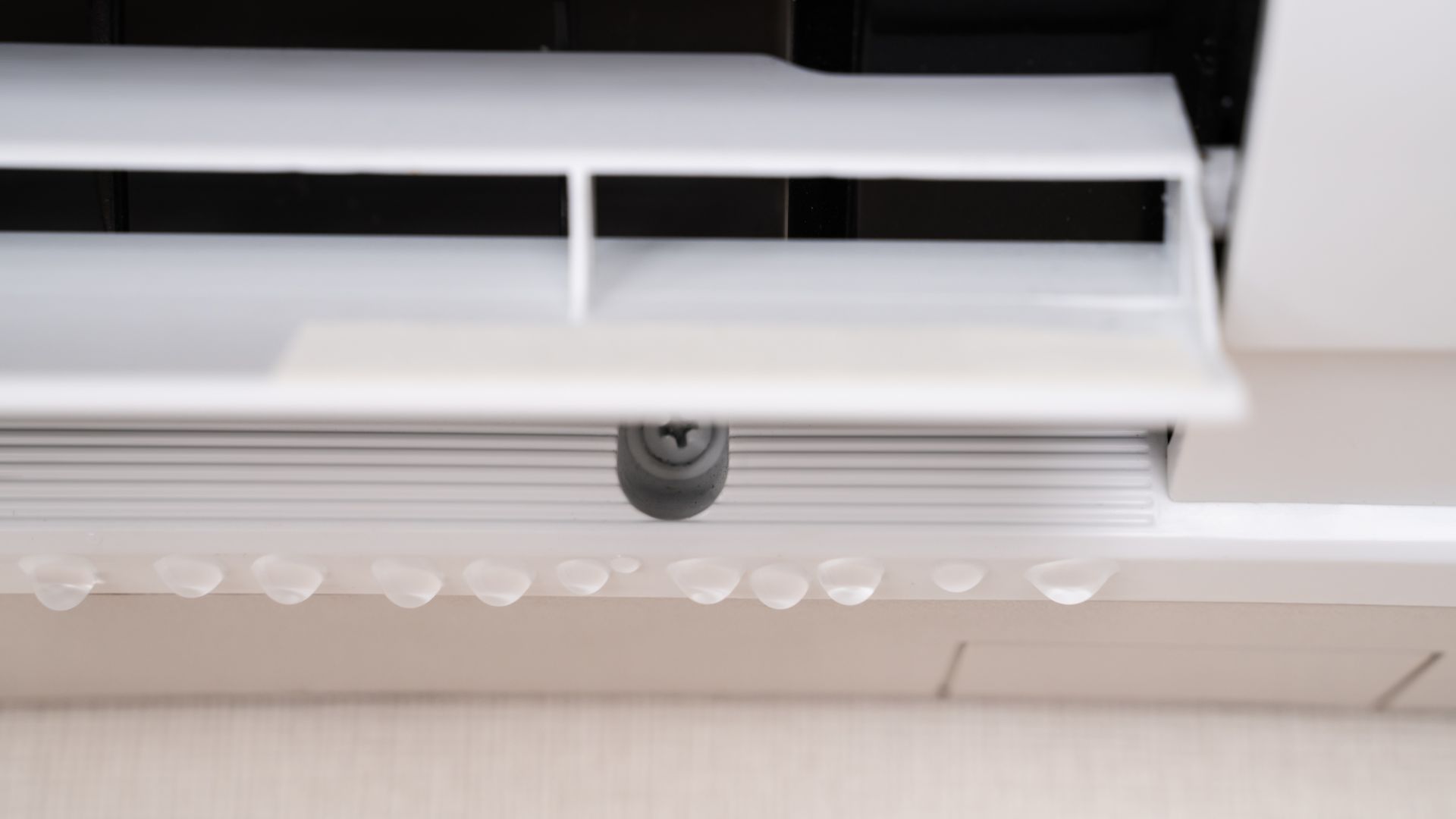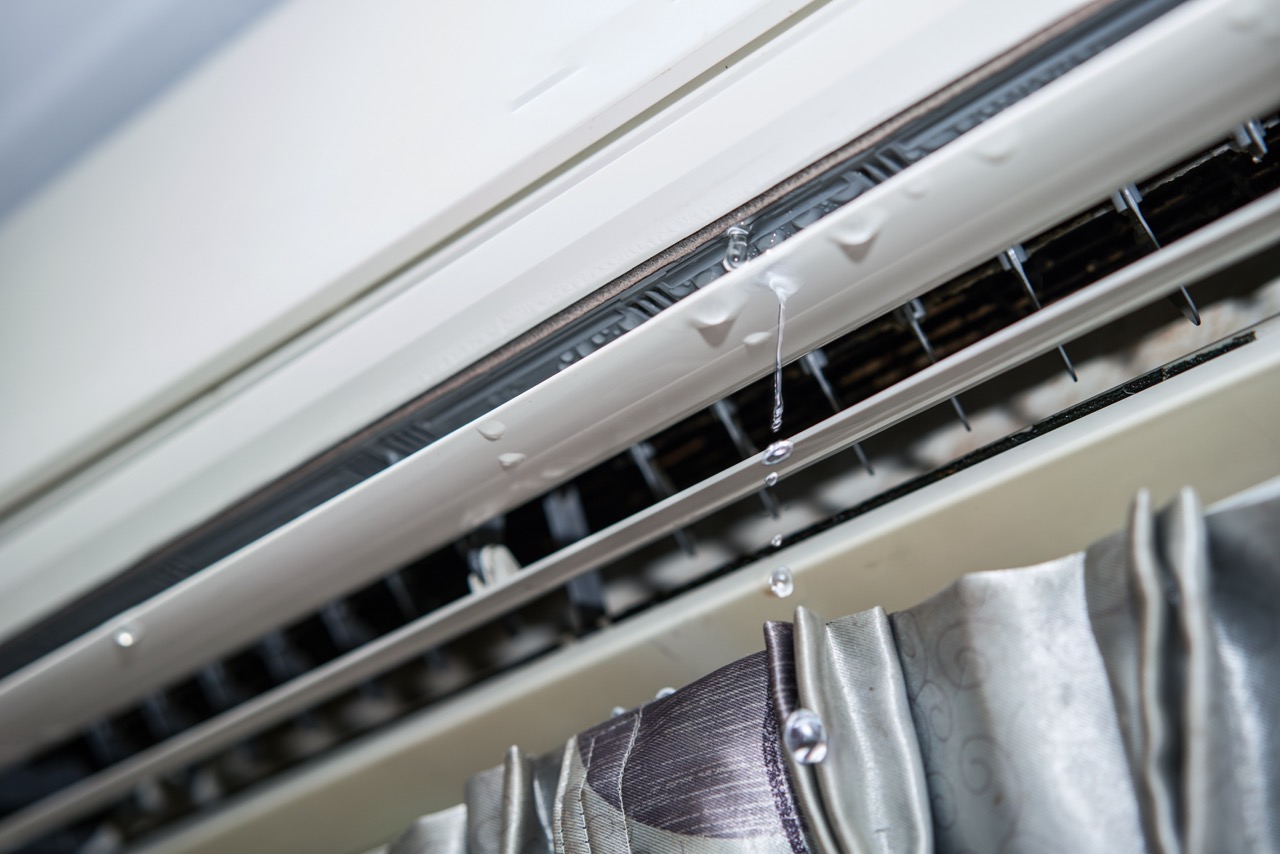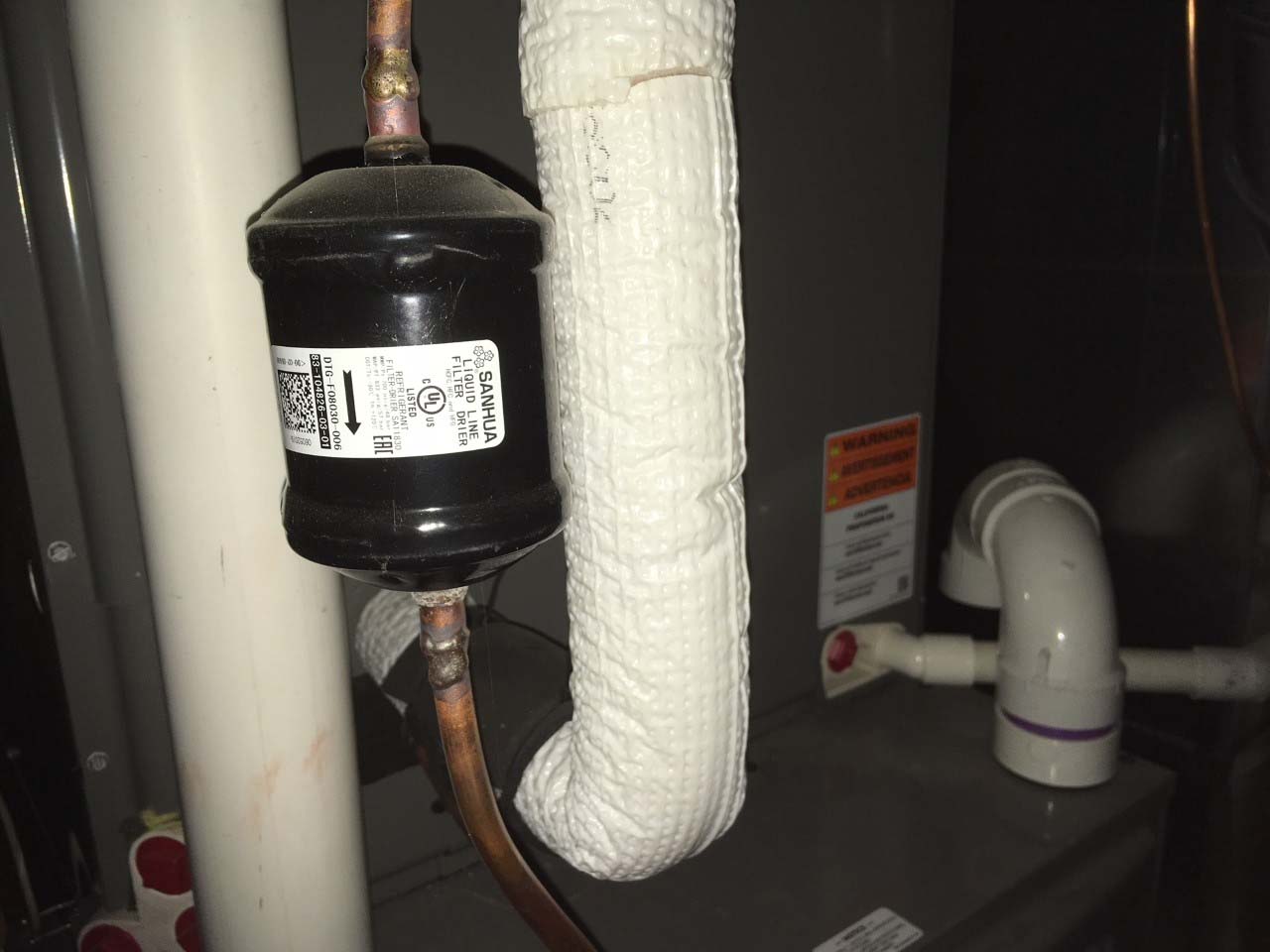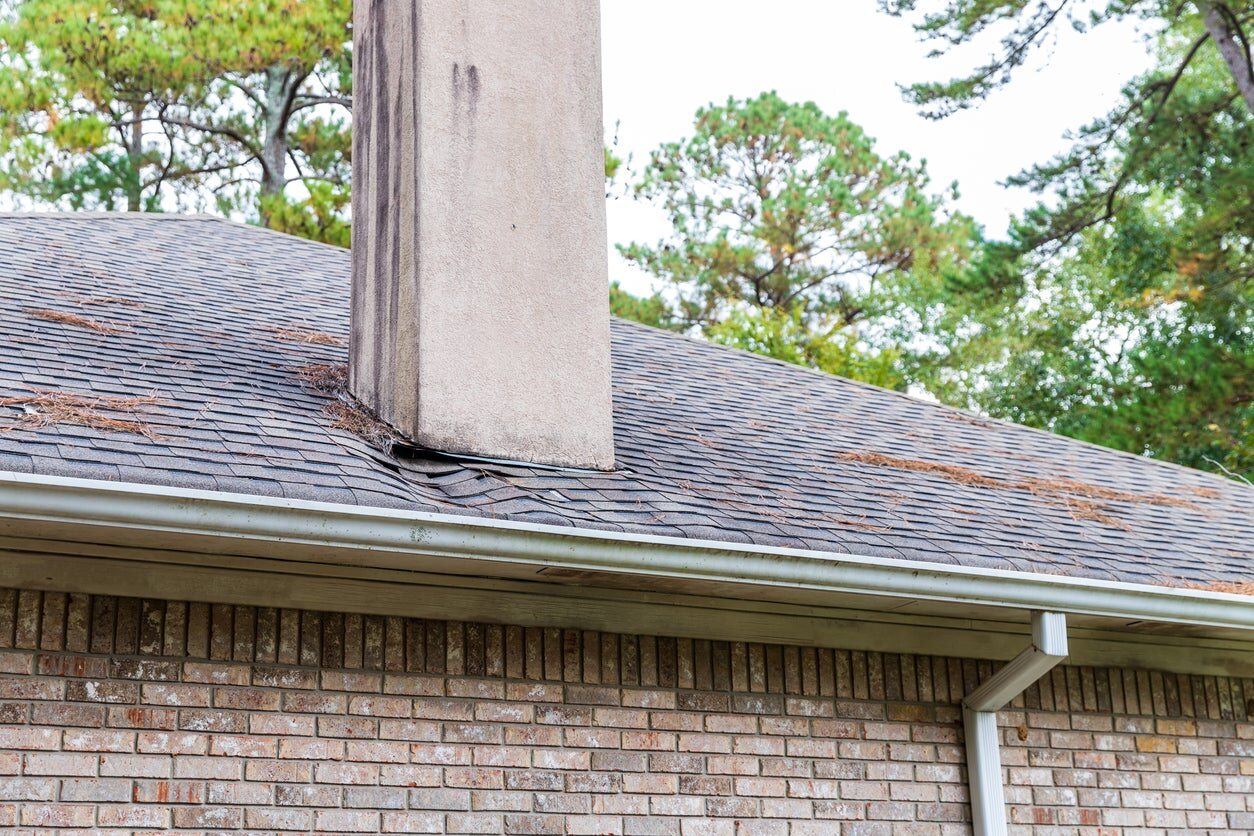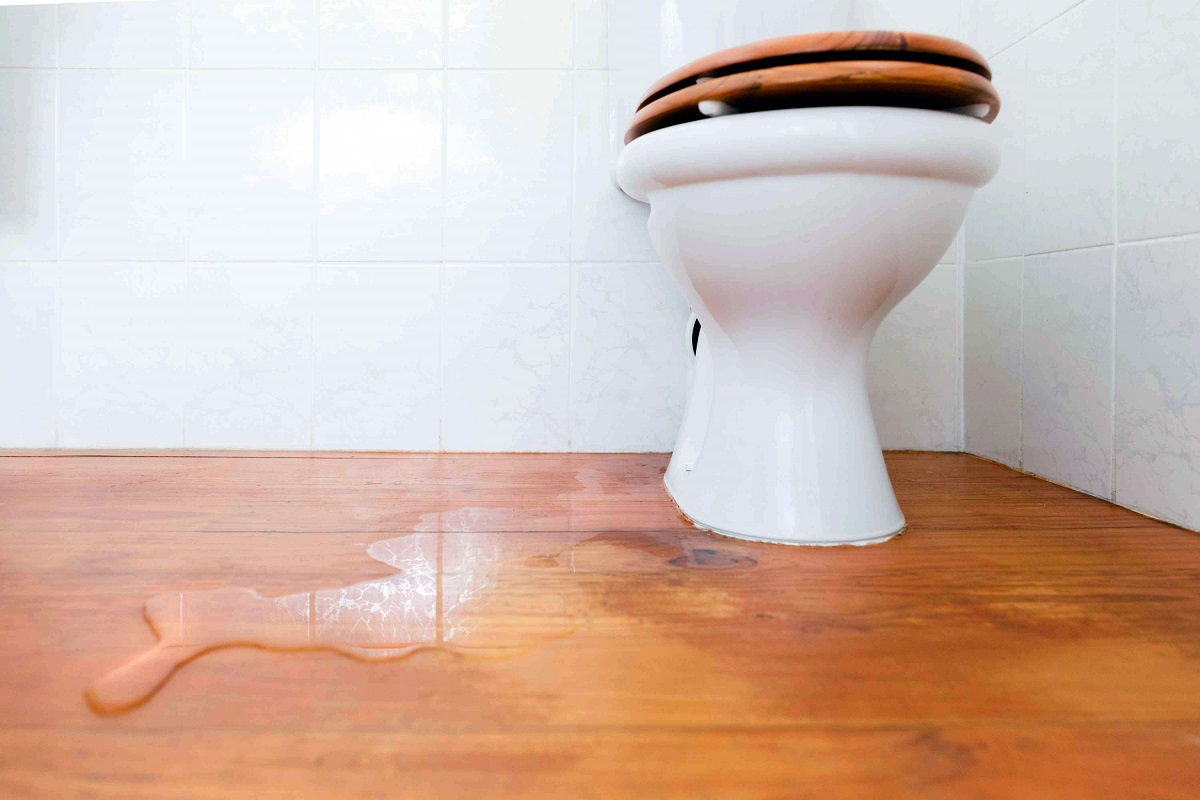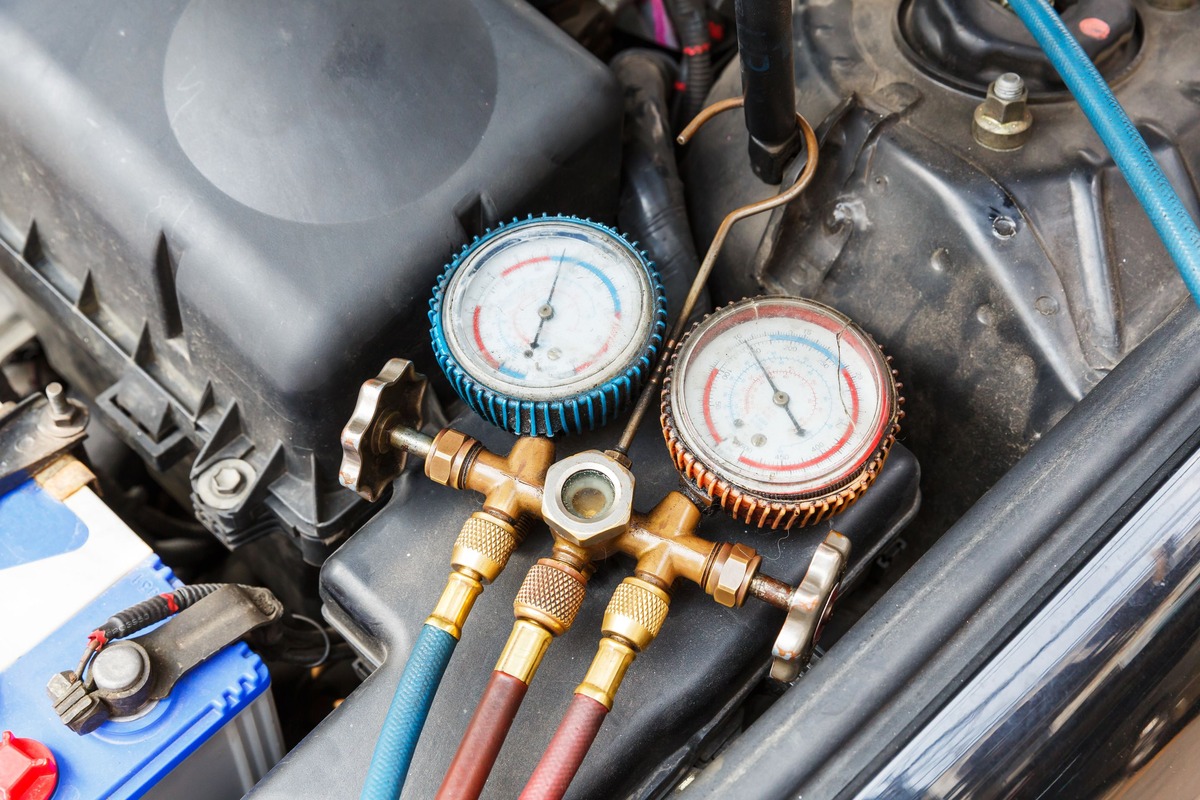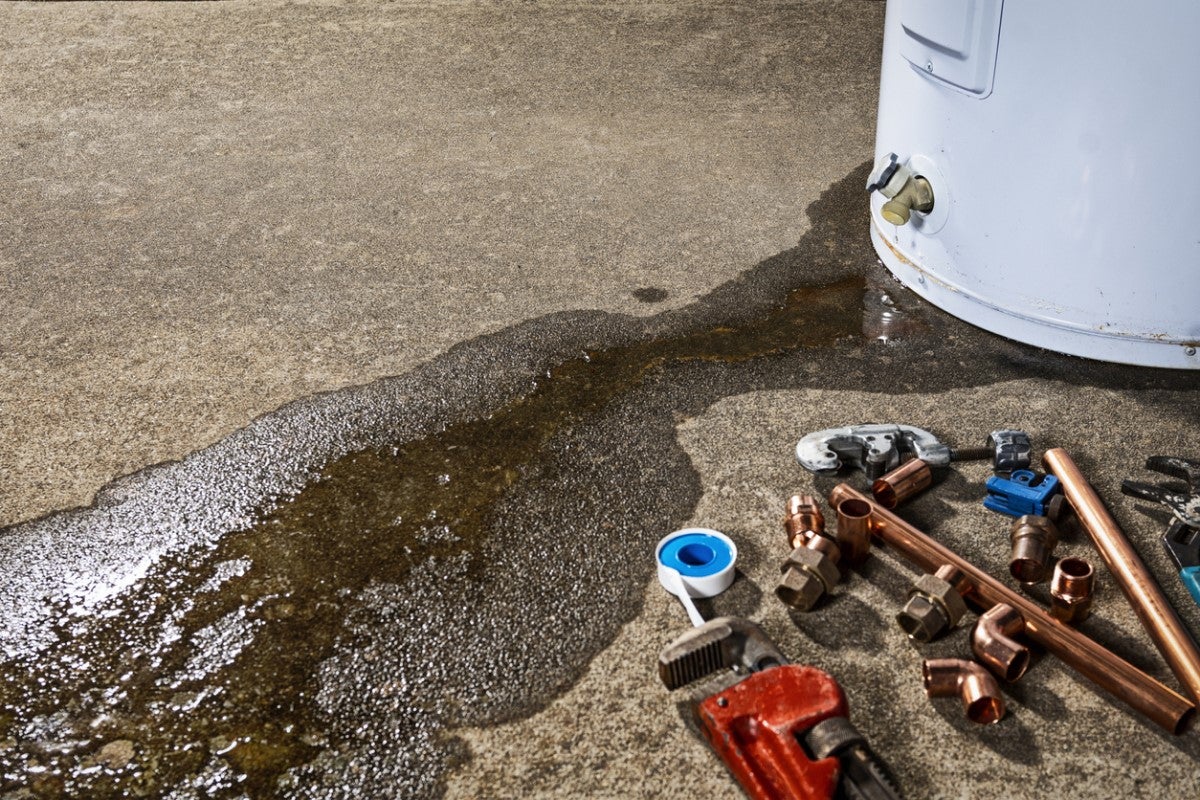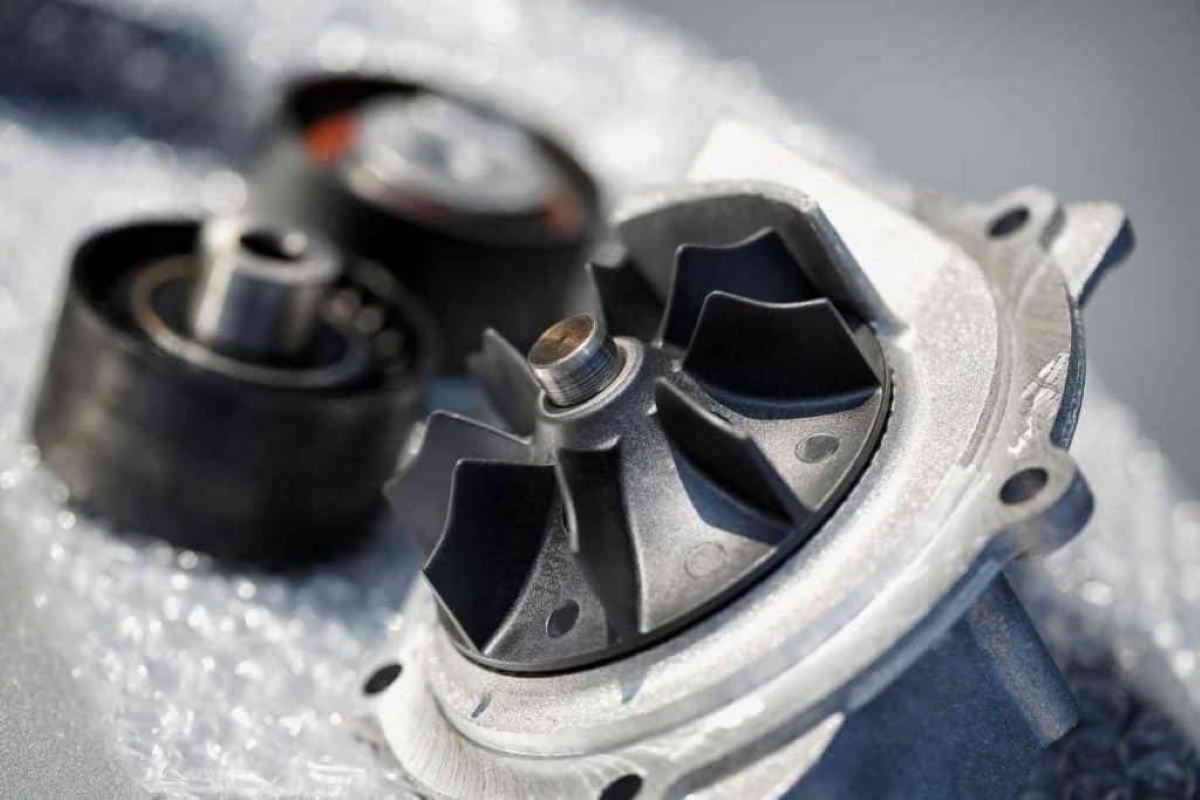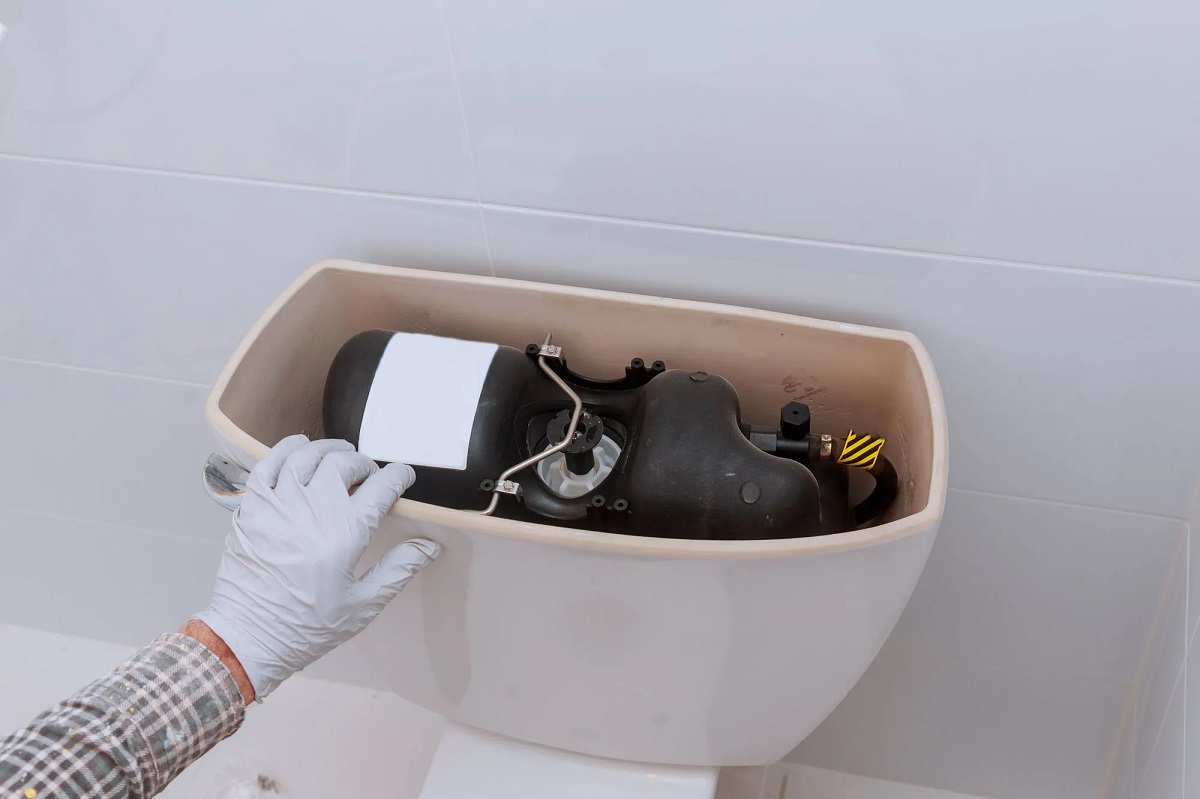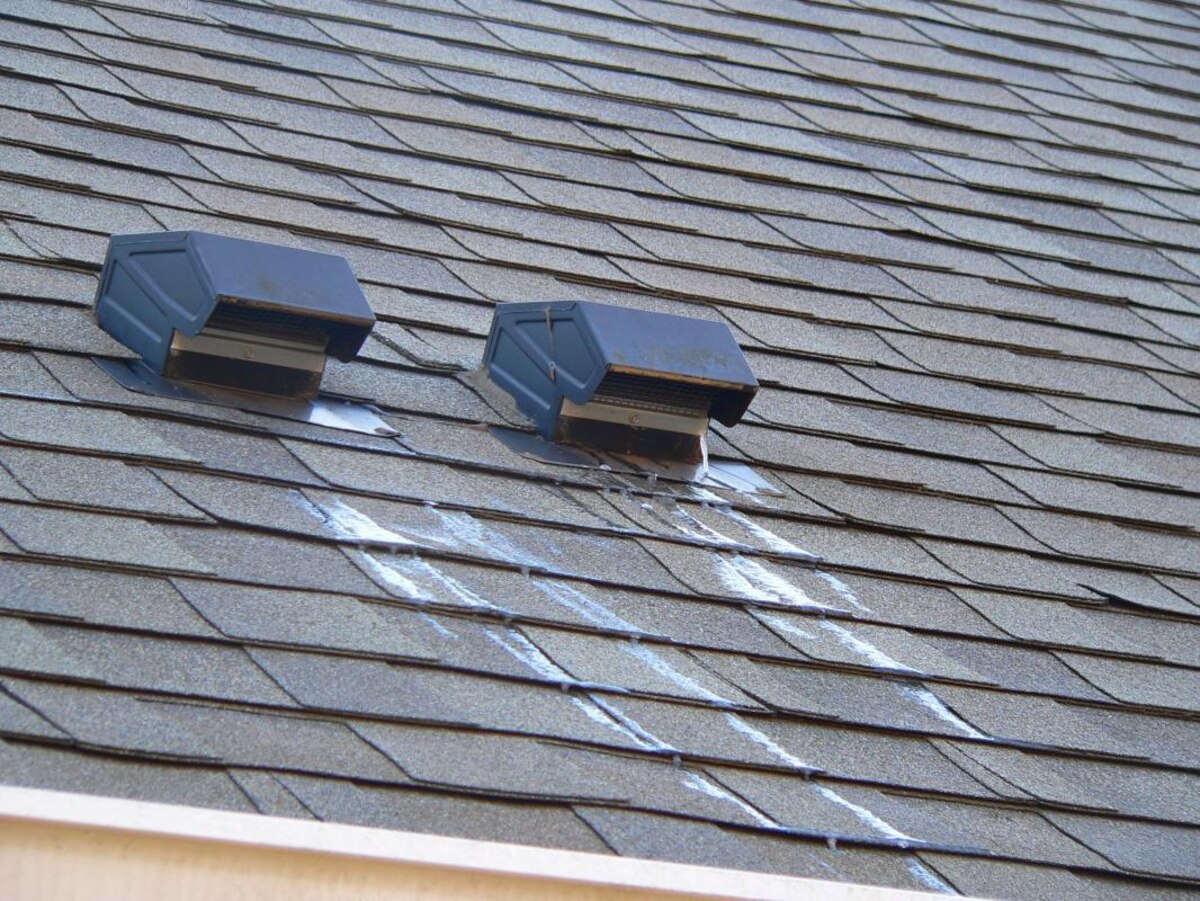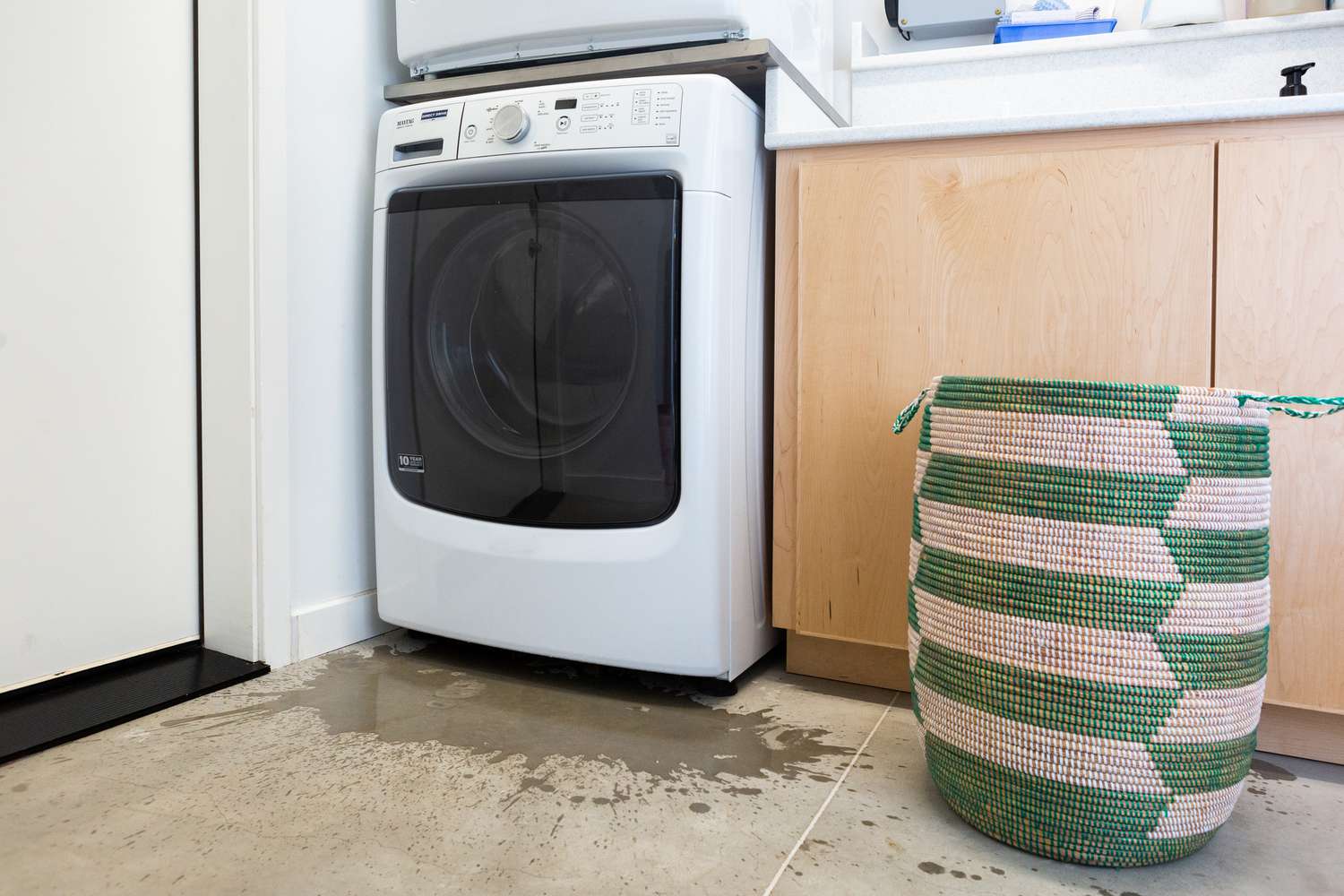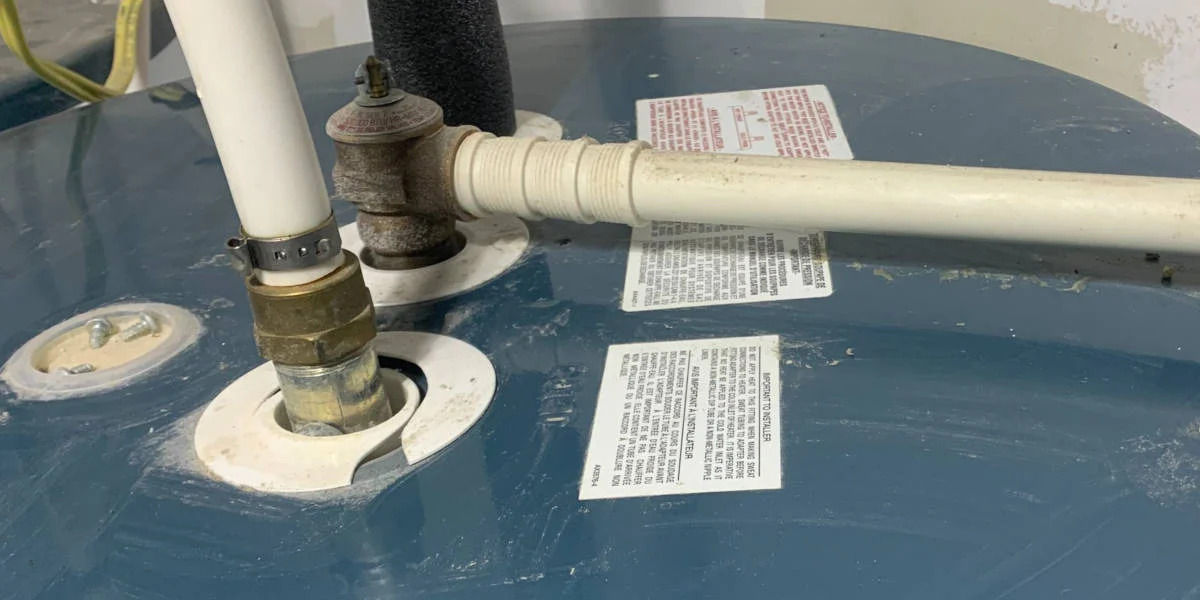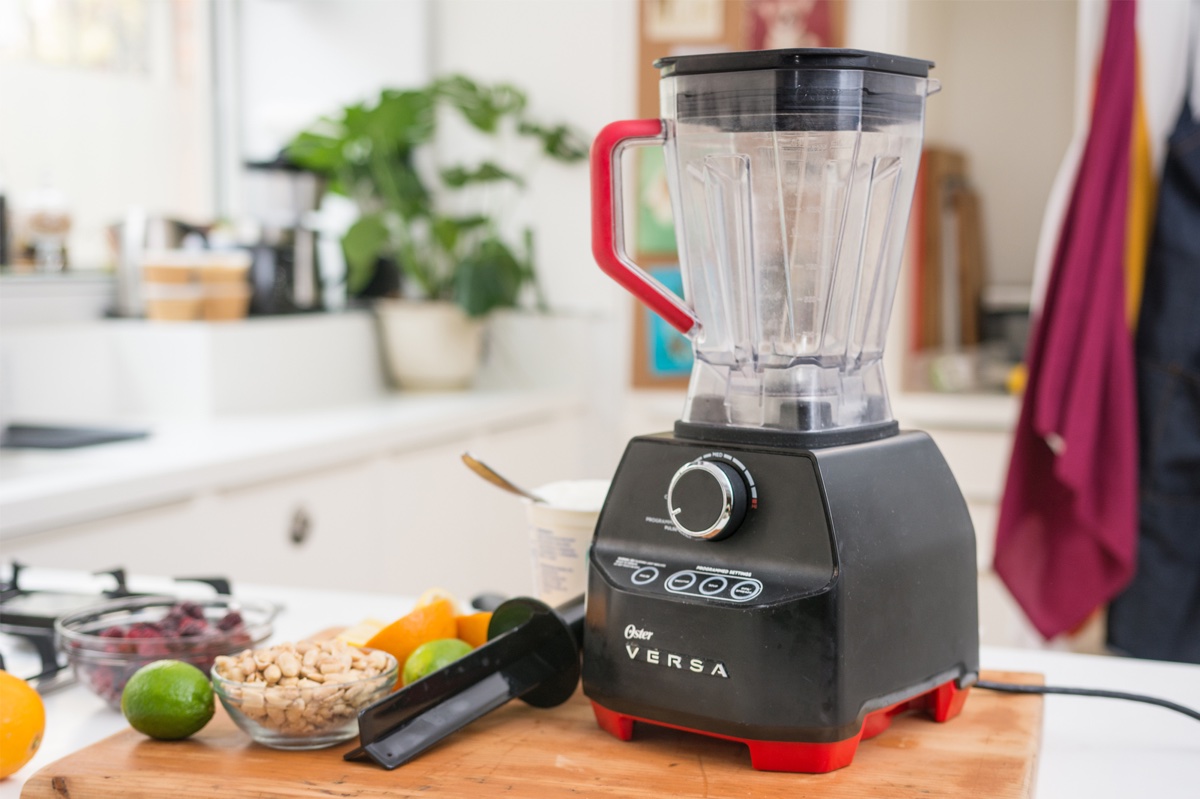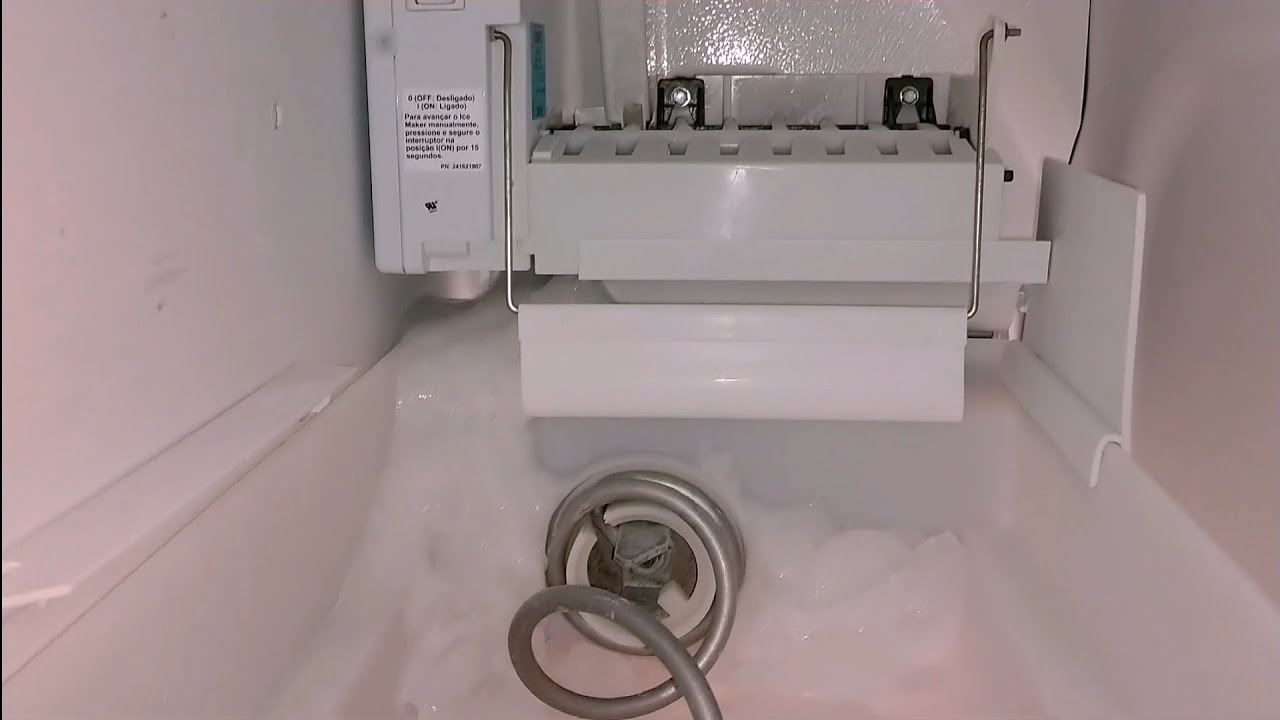Home>Home Maintenance>Water Leaking From Furnace When Air Conditioning Is On
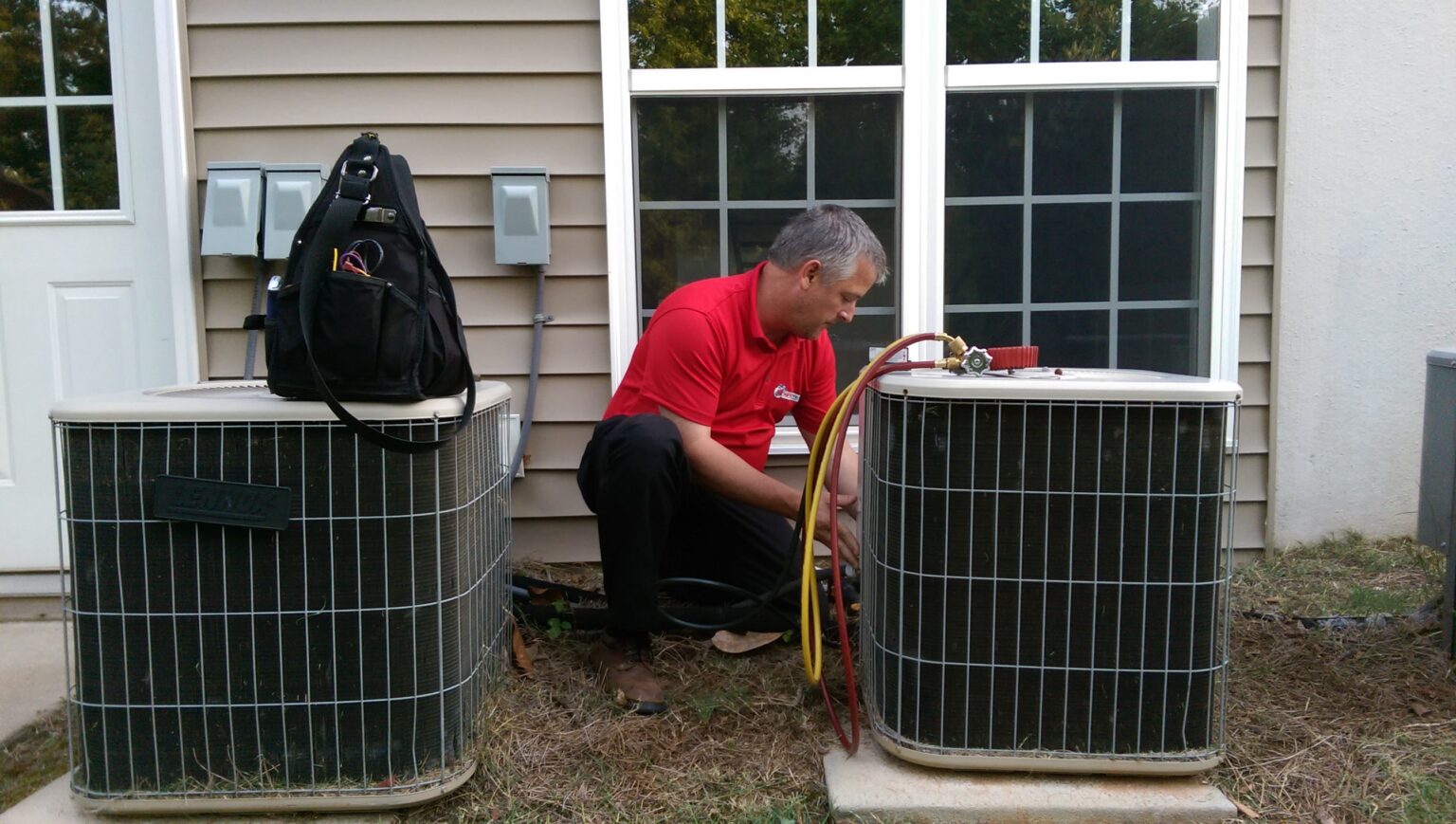

Home Maintenance
Water Leaking From Furnace When Air Conditioning Is On
Modified: March 6, 2024
Prevent home maintenance issues by addressing water leaks from your furnace when the air conditioning is on. Stay proactively prepared for a comfortable and efficient living environment.
(Many of the links in this article redirect to a specific reviewed product. Your purchase of these products through affiliate links helps to generate commission for Storables.com, at no extra cost. Learn more)
Introduction
Water leaking from the furnace when the air conditioning is on can be a frustrating and potentially damaging issue for homeowners. Not only can it cause water damage to the surrounding area, but it can also lead to significant damage to the furnace itself.
Understanding the causes of water leakage from the furnace is crucial in order to troubleshoot and fix the issue effectively. This article will explore the various causes of water leakage, discuss the symptoms to look out for, and provide step-by-step solutions to address the problem.
So, if you’ve been dealing with a water leak from your furnace when the air conditioning is running, read on to find out how to identify the cause and rectify the issue.
Key Takeaways:
- Don’t ignore water leaks from your furnace when the AC is on! It can lead to damage, mold, and health risks. Regular maintenance and troubleshooting can prevent these issues.
- Keep your furnace in top shape by clearing drain lines, replacing filters, and monitoring humidity. Preventive measures can save you from costly damages and ensure a comfortable home.
Read more: Water Leaking From FurnACe When AC Is On
Causes of water leaking from the furnace
Water leaking from the furnace when the air conditioning is on can be attributed to several factors. Understanding the root causes of this issue is essential to effectively troubleshoot and resolve the problem. Here are some common causes of water leakage from the furnace:
- Clogged condensate drain line: The condensate drain line is responsible for carrying away the excess moisture that is produced during the cooling process. Over time, this drain line can become clogged with dirt, debris, or mold, causing water to back up and leak from the furnace.
- Damaged or blocked condensate pump: In some furnaces, a condensate pump is used to pump the excess moisture away from the unit. If this pump becomes damaged or blocked, it can cause water to overflow and leak.
- Frozen evaporator coils: When the air conditioner is running, the evaporator coils inside the furnace get cold. If these coils become frozen, they can create excess condensation that can leak from the unit.
- Improper installation: If the furnace was not installed correctly, it can lead to water leakage issues. Improperly installed condensate drain lines or malfunctioning components can cause water to leak from the furnace.
- Faulty air filters: Air filters play a crucial role in maintaining the airflow and preventing dirt and debris from entering the furnace. If the air filters are clogged or incorrectly installed, it can cause the evaporator coils to freeze, resulting in water leakage.
Identifying the specific cause of water leakage from the furnace is the first step in finding a solution. By addressing the underlying issue, you can prevent further damage and ensure the efficient functioning of your heating and cooling system.
Symptoms of water leakage
Water leakage from the furnace can often be identified by certain symptoms. Recognizing these signs can help you take prompt action and prevent further damage. Here are some common symptoms of water leakage from the furnace:
- Puddles or water accumulation: If you notice puddles or water accumulation around the furnace, it is a clear indication of a water leakage issue. The water may be present on the floor near the furnace or even inside the unit.
- Dripping sounds: You may hear dripping sounds coming from the furnace when the air conditioning is running. This sound is a result of water dripping and can indicate a problem with water drainage.
- Visible water damage: Look for signs of water damage on the furnace, the surrounding area, or nearby walls. Water stains, discoloration, or warping are signs that water has been leaking for some time.
- Frequent system shutdowns: If the furnace is equipped with a safety mechanism, it may shut down automatically when water leakage is detected. If you experience frequent system shutdowns, it could be a sign of a water leakage issue.
- Increased humidity: Water leakage from the furnace can cause increased humidity levels in your home. If you notice excessive moisture or condensation on windows, walls, or other surfaces, it could be due to a furnace leakage problem.
It’s crucial to pay attention to these symptoms and not ignore them. Ignoring water leakage from the furnace can lead to further problems, including mold growth, electrical damage, and compromised indoor air quality. Therefore, if you notice any of these symptoms, it’s best to take immediate action to diagnose and resolve the issue.
Potential risks and damages
Water leakage from the furnace can pose several risks and potentially lead to significant damages if not addressed promptly. Understanding these risks can help you realize the importance of resolving the issue. Here are some potential risks and damages associated with water leakage from the furnace:
- Water damage: The immediate risk from a furnace water leak is water damage to the surrounding area. Prolonged exposure to water can cause structural damage to floors, walls, and ceilings. It can also damage furniture, carpets, and other belongings near the furnace.
- Mold growth: Excess moisture from the furnace water leakage can create an ideal environment for mold growth. Mold can spread rapidly, causing health issues, respiratory problems, and damage to your home’s infrastructure. Mold remediation can be costly and time-consuming.
- Electrical damage: If water comes into contact with electrical components in the furnace or nearby wiring, it can result in electrical damage. This can cause short circuits, power outages, or even potential fire hazards.
- Decreased furnace efficiency: Water leakage can impact the overall efficiency of your furnace. The excess moisture can interfere with the proper functioning of the heating and cooling system, leading to decreased performance and increased energy consumption.
- Health risks: Water leakage from the furnace can contribute to poor indoor air quality. The presence of mold, mildew, or bacteria in the air can lead to respiratory issues, allergies, and other health problems for you and your family members.
These risks and damages highlight the importance of addressing furnace water leakage as soon as possible. Regular maintenance, timely repairs, and taking preventive measures can help mitigate these risks, protect your home, and ensure the safety and well-being of your family.
Check the condensate drain line for clogs or blockages. Clear any debris to allow proper drainage and prevent water from leaking.
Troubleshooting and fixing the issue
If you’re experiencing water leakage from the furnace when the air conditioning is on, there are several steps you can take to troubleshoot and fix the issue. Here are some common solutions to address furnace water leakage:
- Clearing the condensate drain line: A clogged condensate drain line is a common cause of water leakage. To clear the blockage, locate the drain line and use a wet/dry vacuum or a thin wire to remove any debris or buildup. Once cleared, pour a mixture of equal parts vinegar and water through the line to ensure it’s clean and free-flowing.
- Repairing or replacing the condensate pump: If your furnace has a condensate pump and it’s damaged or blocked, it may need to be repaired or replaced. Consult the manufacturer’s instructions or seek the assistance of a professional HVAC technician to determine the best course of action.
- Thawing frozen evaporator coils: If the water leakage is caused by frozen evaporator coils, turn off the air conditioner and allow the coils to thaw naturally. You can speed up the process by using a fan or hairdryer on a low setting. Once thawed, check for any underlying issues such as low refrigerant levels or airflow problems.
- Checking for proper installation: Improper installation can contribute to water leakage issues. Inspect the furnace, especially the condensate drain line, for any signs of misalignment or incorrect installation. Make sure all connections are secure and properly sealed.
- Changing air filters regularly: Dirty or clogged air filters can hinder proper airflow and cause evaporator coils to freeze, resulting in water leakage. Check the air filters and replace them regularly, as recommended by the manufacturer. This simple maintenance task can prevent many issues related to furnace water leakage.
If you’re unsure about any of these troubleshooting steps or unable to resolve the issue on your own, it is recommended to seek professional help from a licensed HVAC technician. They have the necessary expertise and tools to diagnose and fix the problem accurately.
Remember, preventive maintenance is key to avoiding future water leakage from the furnace. Regular inspections, cleaning, and maintenance of your HVAC system can help prevent potential issues and ensure its optimal performance.
Read more: Water Leaking From Car When AC Is On
Preventive measures
Taking preventive measures is crucial to minimize the risk of water leakage from the furnace and ensure the long-term functionality of your heating and cooling system. Here are some preventive measures you can take:
- Regular maintenance: Schedule regular maintenance visits from a qualified HVAC technician. They can inspect your furnace, clean the components, and address any potential issues before they escalate.
- Clean and clear condensate drain line: To prevent clogs in the condensate drain line, regularly check and clean it. Use a mixture of equal parts vinegar and water to flush out any debris and buildup.
- Replace air filters: Change your air filters on a regular basis, typically every one to three months, depending on the type of filter and level of usage. Clean air filters promote proper airflow and prevent evaporator coils from freezing.
- Monitor humidity levels: Keep an eye on the humidity levels in your home. Excess humidity can contribute to water leakage. Use a hygrometer to measure humidity levels and consider using a dehumidifier if needed.
- Ensure proper insulation: Properly insulate your home to prevent excess moisture buildup. Good insulation helps maintain a consistent temperature and prevents condensation from forming on the furnace or ductwork.
- Insulate evaporator coils: Insulate the evaporator coils to prevent them from freezing and causing water leakage. This can be done using foam pipe insulation or specialized coil insulation sleeves.
- Keep the area around the furnace clean: Ensure that the area around your furnace is clean and free from debris. This will help prevent obstructions and allow for proper airflow.
By implementing these preventive measures, you can significantly reduce the risk of water leakage from the furnace. It’s important to stay vigilant, perform regular maintenance, and address any issues promptly to ensure the efficient and reliable operation of your heating and cooling system.
Conclusion
Dealing with water leakage from the furnace when the air conditioning is on can be a frustrating and potentially damaging problem. However, by understanding the causes, recognizing the symptoms, and taking appropriate action, you can troubleshoot and fix the issue effectively.
Clogged condensate drain lines, damaged or blocked condensate pumps, frozen evaporator coils, improper installation, and faulty air filters are common culprits of water leakage from the furnace. Identifying the specific cause is crucial in order to apply the right solution.
It’s important to be aware of the potential risks and damages associated with furnace water leakage. Water damage, mold growth, electrical damage, decreased furnace efficiency, and health risks are among the potential consequences if the issue is left unresolved.
Fortunately, there are troubleshooting steps you can take to address the problem. Clearing the condensate drain line, repairing or replacing the condensate pump, thawing frozen evaporator coils, checking for proper installation, and changing air filters regularly are common solutions to fix furnace water leakage.
Moreover, taking preventive measures can help avoid future water leakage issues. Regular maintenance, cleaning the condensate drain line, replacing air filters, monitoring humidity levels, ensuring proper insulation, and keeping the area around the furnace clean are effective preventive measures.
In conclusion, if you’re experiencing water leakage from the furnace when the air conditioning is running, it is crucial to act promptly and troubleshoot the issue. By understanding the causes, implementing appropriate solutions, and taking preventive measures, you can maintain the efficiency of your heating and cooling system while avoiding potential damages and ensuring the comfort and safety of your home.
Frequently Asked Questions about Water Leaking From Furnace When Air Conditioning Is On
Was this page helpful?
At Storables.com, we guarantee accurate and reliable information. Our content, validated by Expert Board Contributors, is crafted following stringent Editorial Policies. We're committed to providing you with well-researched, expert-backed insights for all your informational needs.
